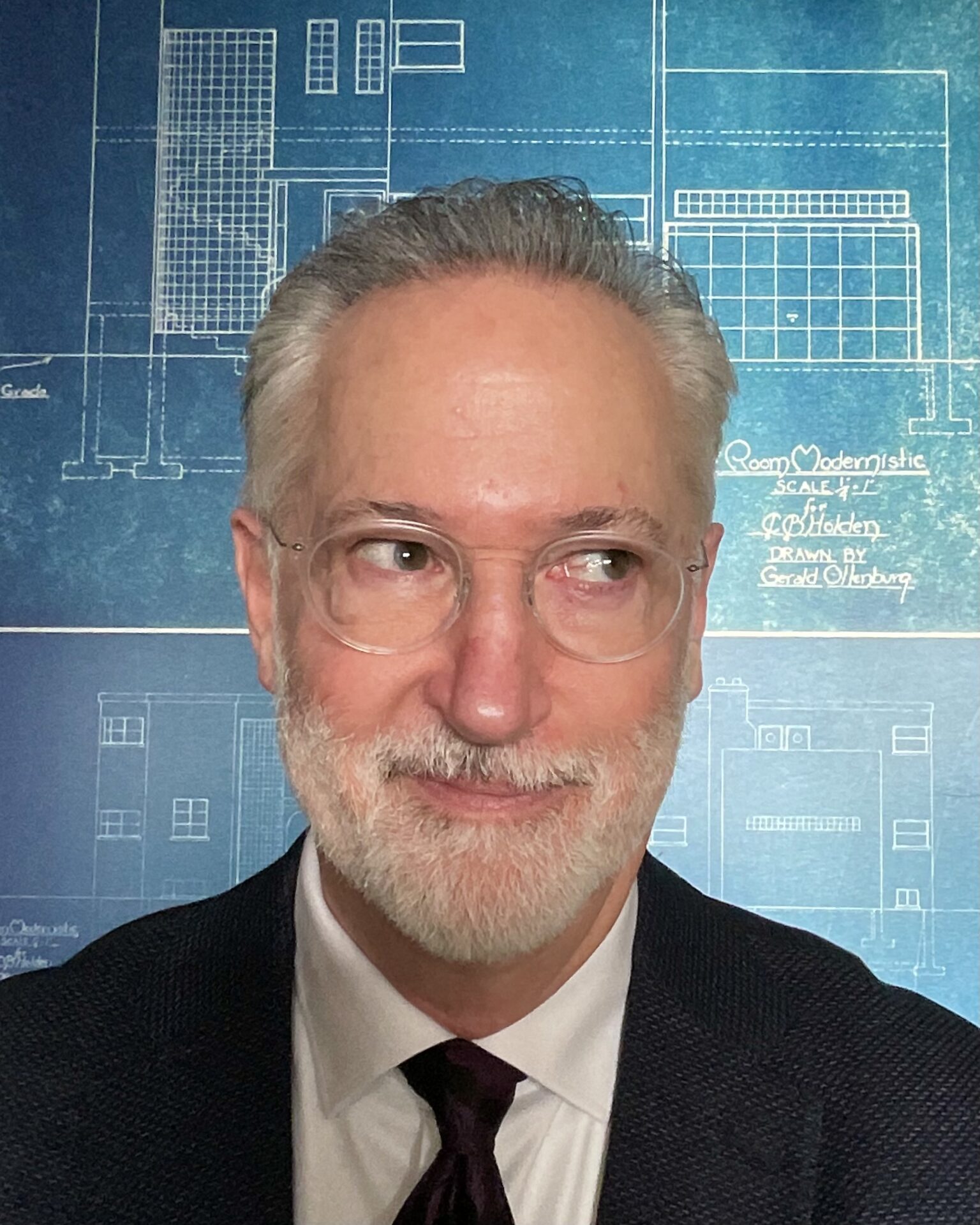This website uses cookies to improve your experience. We\'ll assume you\'re ok with this, but you can opt-out if you wish. Read More
Simulate the fun, complexity, and responsibility of being a firm owner in this collaborative workshop. Participants will work in diverse teams to explore the many challenges—and opportunities—involved in running a successful architecture practice.
The Practice Simulation Lab (PSL) is a collaborative, hands-on workshop that challenges participants to imagine, design, and test speculative models of future architectural practice. Rooted in the Young Architects Forum’s Practice Innovation Lab and reimagined by AIA Ohio, the PSL brings together emerging professionals, Fellows, educators, and firm leaders in a dynamic learning environment that simulates the real-world pressures, decisions, and opportunities faced by practice owners.
Originally launched in 2023 with support from the AIA College of Fellows, the PSL has grown to reach audiences beyond Ohio at AIA Aspire, AIA24, and North Carolina. Past sessions have led to the creation of speculative firms tackling developer-architect partnerships, owner advocacy, and equity-centered cooperative studios. The program fosters cross-generational mentorship, deepens participants’ understanding of practice operations, and gives voice to early professionals envisioning change in the profession. Multiple attendees have cited the experience as the first time they felt truly empowered to shape the structure and values of their workplace.
Participants work in interdisciplinary teams to build their “firm of the future,” crafting everything from a mission statement to a business model, firm structure, and first project. As the simulation unfolds, teams encounter dynamic challenges—from climate disasters to leadership transitions—that push them to test their ideas under real-world pressure. By merging mentorship, design thinking, business planning, and scenario-based learning, the PSL provides early professionals a rare opportunity to explore the complexities of firm leadership in a supportive, low-risk setting. Meanwhile, seasoned practitioners are invited to share wisdom, shift perspectives, and reflect on evolving definitions of success in the profession. The process is playful and open-ended, but grounded in urgent questions about equity, sustainability, labor, and longevity.
To adapt this model for the Colorado context, teams may consider climate scenarios specific to the Mountain West, including wildfires, water scarcity, and rapid urban expansion. Simulated projects may respond to the housing needs of resort towns, rural design-build models, or disaster recovery frameworks—all with the aim of testing how resilient and responsive a firm must be to thrive in a changing region.
The simulation is playful in tone but serious in its aim: to foster critical conversations about the conditions of contemporary practice and empower the next generation of firm leaders.

Alexandra Oetzel, AIA, is a licensed architect at Moody Nolan with a broad portfolio spanning community recreation centers, public libraries, and student-focused academic facilities. Her professional practice is rooted in equity, environmental responsibility, and the belief that architecture must serve the communities it inhabits. Alexandra has held teaching positions at Rice University and currently teaches at The Ohio State University’s Knowlton School, where she contributes to shaping the next generation of architects through critical and practice-based pedagogy.
An energetic leader and advocate within the architecture community, Alexandra currently chairs the AIA?Ohio Design Conference, guiding statewide programming that advances dialogue around design excellence. She has fostered national conversations on architectural labor and education through her involvement with The Architecture Lobby’s ABC School and plays a vital role in supporting emerging professionals as a leader within AIA?Columbus. Alexandra also serves as the 2024–2026 Ohio Representative to the AIA Young Architects Forum, where she champions mentorship, advocacy, and professional development initiatives both statewide and nationally.

Seth Duke, AIA, is an associate and architect at Bialosky in Cleveland, Ohio. He holds a Bachelor of Engineering from Case Western Reserve University and a Master of Architecture from the School of the Art Institute of Chicago. Seth’s portfolio spans various project types, but he has worked primarily on adaptive reuse and urban infill projects, transforming vacant lots and abandoned historic buildings into new uses for local communities.
Seth has been a member of the AIA National Young Architects Forum since 2020, serving first as a representative to the forum and now as its 2024-2025 Community Director where he leads the YAF Community focus group. This group leads efforts focused on mentorship, collegiality, and camaraderie for young architects by fostering open dialogues with young architect leaders across the country and providing resources to assist them on their career development now that they are licensed.



